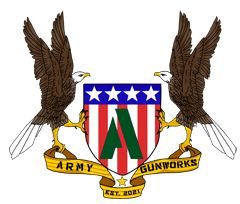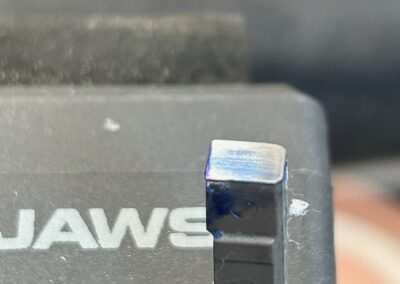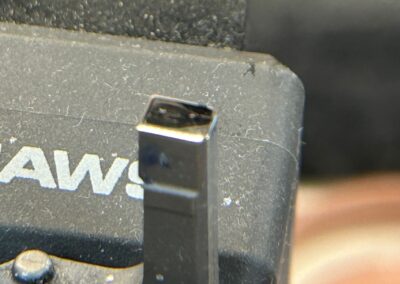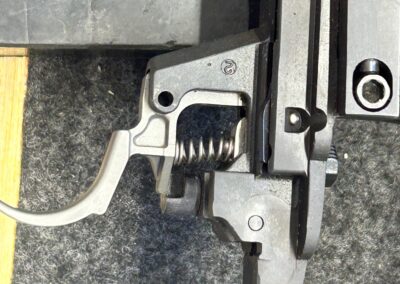The Importance of the Trigger
One thing that almost every firearm has is a trigger. It is the mechanical feature that allows the shooter to discharge the weapon. Trigger systems vary greatly by manufacture, date of the firearm’s design and firearm type. Most triggers consist of several parts that work in unison to release the hammer, which strikes the firing pin, beginning the explosive chain reaction that will propel the projectile down the barrel. The components of the trigger, sear, hammer, safety, mainspring (and often other parts) is referred to as the ‘lock’. The smoothness of engagement area between the trigger and the sear and the spring pressure is what (in most cases) determines the trigger pull of the firearm. Trigger pull is the amount of force the finger needs to engage the trigger and fire the weapon. This ‘pull’ is measured in pounds and ounces.
The goal of a good trigger job is to reduce the amount of trigger pull (to a safe level) and the amount of trigger ‘creep’ (unnecessary movement). This allows the shooter to have a predictable trigger feel and helps prevent the movement of the firearm (off the target aim point) when the trigger is squeezed.
This is not a job for a novice. The angle of the sear and trigger is extremely important. In addition, special honing stones and training is required to do this job properly. Improperly completing a trigger job is a big safety concern.





Recent Comments